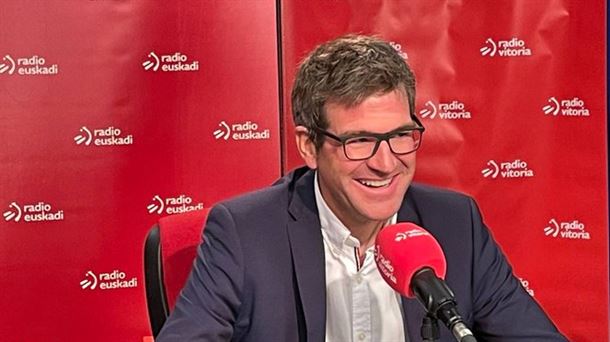Plastics such as Styrofoam are usually not biodegradable. Australian researchers have now discovered an astonishing creature that could change all that: the turtle beetle larva. She can live entirely on Styrofoam and digest the plastic.
This is the result of a series of experiments that researchers at the University of Queensland reported in the journal Microbial Genomics. They experimented with the larvae, which occur naturally in Central and South America but are used worldwide as animal feed and — as “superworms” — even as food by forming three test groups and feeding each of them differently.
Worms digest Styrofoam and gain weight
The first experimental group was given bran, a second was given Styrofoam and a third had to starve. Result of the experiment: The larvae that fed on the remaining grain developed the best. However, the animals that only ate Styrofoam also survived: they gained weight and were able to complete their life cycle. This means that the amazing animals are clearly capable of digesting the plastic Styrofoam.
The researchers hope to use the “superworm” to promote a recycling revolution. If kept on an industrial scale, the animals can be used as plastic recyclers. Upon further investigation, those enzymes used by the larvae to digest the actually indigestible substance should be isolated and further investigated.
Popular as animal feed and protein source
The larva of the large tortoiseshell beetle from Central and South America has been widely cultivated for some time and is often used as animal feed – for example in terrariums. However, the “superworms” are also eaten by humans. With their ability to digest Styrofoam, which the scientists say is imparted by bacterial enzymes in the digestive tract, another use could now be added.
In addition to the large beetle beetle, other insect larvae also have potential as recycling service providers: A few years ago, an Italian researcher accidentally discovered that the larvae of the large wax moth, if necessary, would eat polyethylene – the material that plastic bags are made of.
Source: Krone
I’m Wayne Wickman, a professional journalist and author for Today Times Live. My specialty is covering global news and current events, offering readers a unique perspective on the world’s most pressing issues. I’m passionate about storytelling and helping people stay informed on the goings-on of our planet.



